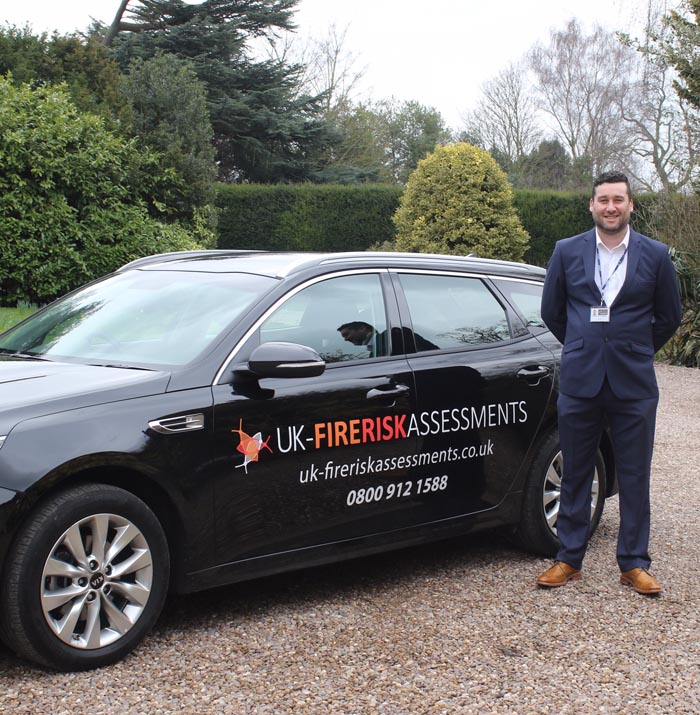As you probably know, or certainly should know, if you are an employer you have certain responsibilities regarding fire safety in your premises. Among these is the requirement to carry out a fire safety assessment of your premises and, if you employ five or more people, you must also keep a written record of your assessment and any actions taken as a result.
The problem that many people have with undertaking a fire risk assessment is that they simply do not have the required knowledge. The Regulatory Reform (Fire Safety) Order 2005 states that the Responsible Person in a business is as follows:
- an employer
- the owner
- the landlord
- an occupier
- anyone else with control of the premises, for example, a facilities manager, building manager, managing agent, or risk assessor.
There could also be more than one Responsible Person. For instance, in an office block, there could be ten different businesses all occupying different rooms but with communal toilets, rest areas, kitchen, and so on. So if you have ten different businesses, each with a director who is the employer, you have ten different Responsible Persons who must all work together.
Now the Responsible Person in a business is no doubt very good at what he or she does for a living, but it is very unlikely to have anything to do with fire risks. And a fire risk assessment can be very complicated if you don’t understand all the implications.
Just to give you an idea, as a professional fire risk assessor in the UK, our team abides by the PAS 79 Code of Practice published by the British Standards Institute. This has just been revised as of last month, having last been revised in 2012. PAS 79 has always provided generic fire risk assessment guidance, but professionals operating in the housing sector wanted to see more housing-specific recommendations being developed.
For this reason, the new PAS79 document has been published in two parts, specifically PAS 79-1:2020 Fire Risk Assessment Part 1 – Premises Other Than Housing – Code of Practice, and PAS 79-2:2020 Fire Risk Assessment Part 2 – Housing – Code of Practice.
To give you an idea of how complex all this is, a professional fire risk assessor wrote an article about it last month, and it runs to about 1,200 words. As you can readily see, there is a lot involved, and we speak as professionals ourselves. We fully understand it all, but how is the average accountant, electrician, washing machine repair company director, garden centre owner, or newspaper editor expected to do so?
It is pretty unlikely, after all, but if that’s you, the law says that you must carry out a fire risk assessment! OK, you can take a look around your premises, and there may be some things which are pretty obvious and stand out a mile. However, it is a fairly safe bet that there are a lot of things that wouldn’t occur to you in a million years, but that we will obviously see because we are professionals and it is what we do for a living.
Fortunately for you, there is an escape clause. As the Responsible Person you can delegate the fire safety assessment to someone else who is competent. The government website states as follows:
“If you don’t have the expertise or time to do the fire risk assessment yourself you need to appoint a ‘competent person’ to help, for example a professional risk assessor.” The government also states that your local fire and rescue service may be able to give you advice if you are not sure that your fire risk assessment has been carried out properly, but they cannot carry out fire risk assessments for you.
Just to add to your woes, failure to comply with the Regulatory Reform (Fire Safety) Order 2005 can lead to some pretty hefty fines – running into many thousands – and even a jail sentence, and it does happen.
For all these reasons, this is why many business owners and/or Responsible Persons prefer to delegate their fire risk assessments to us at UK-Fire Risk Assessments. We provide you with the written report that you are required to keep, and you can rest assured that your business will be compliant.

